When we think of wildlife, many creatures come to mind, but some are so elusive and rare that they hardly ever cross our paths. In this article, we will explore the 10 Rarest Animals in the World shedding light on their unique characteristics and the reasons behind their dwindling populations. These remarkable creatures are not just fascinating; they also play crucial roles in their ecosystems. Unfortunately, many of them are teetering on the brink of extinction due to habitat loss, poaching, and climate change. Let’s dive into the stories of these extraordinary animals.
1. Vaquita
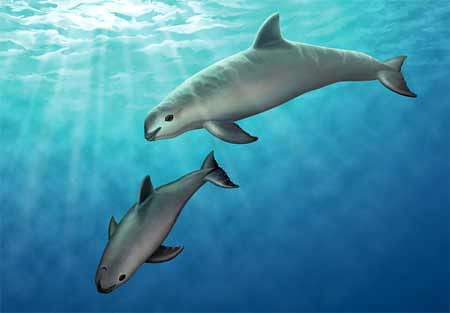
The vaquita is a small porpoise found only in the northern part of the Gulf of California, Mexico. With an estimated population of fewer than 30 individuals, it holds the title of the world’s rarest marine mammal. The vaquita is easily identifiable by its dark patches around the eyes and mouth, giving it a unique, expressive look. Tragically, its decline is primarily due to entanglement in illegal fishing nets aimed at capturing another endangered species, the totoaba fish. Conservation efforts are underway, but the clock is ticking for this elusive porpoise.
2. Amur Leopard
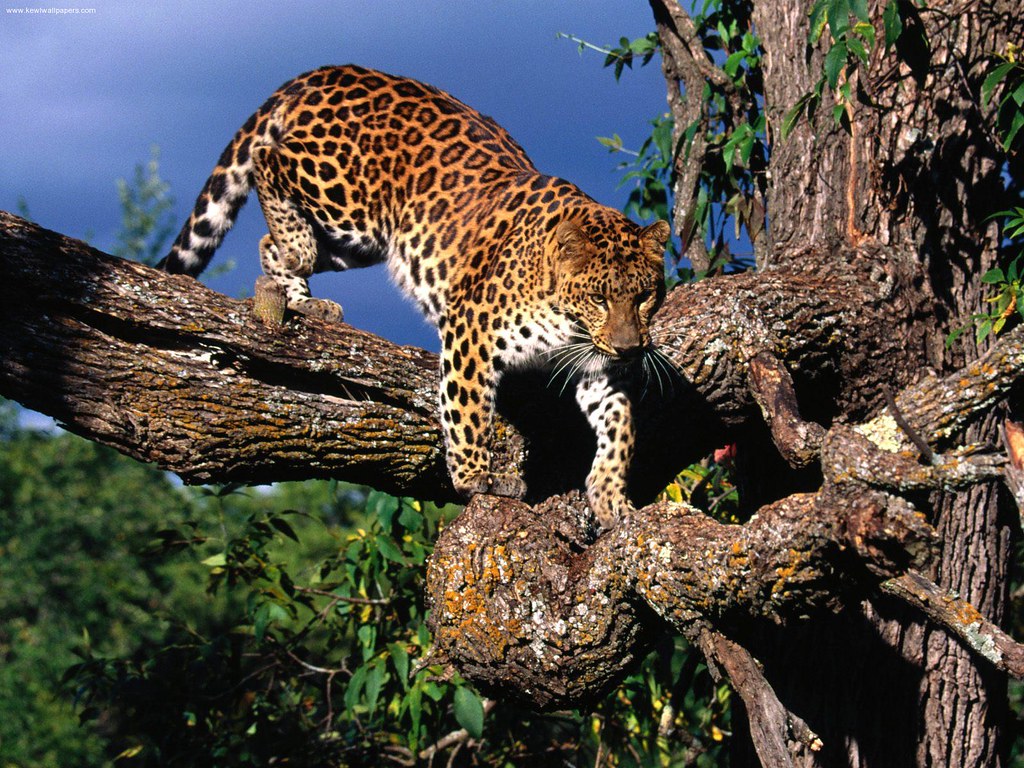
Once roaming across Northeast China and Russia, the Amur leopard is now one of the rarest big cats in the world. With fewer than 100 individuals remaining in the wild, this stunning feline is listed as critically endangered. Its thick, beautiful coat is well-adapted to the cold climate of the Russian Far East. The primary threats to the Amur leopard include habitat destruction, poaching, and prey depletion. Conservationists are actively working to protect its habitat and enforce anti-poaching laws to help this magnificent species bounce back.
3. Javan Rhino

The Javan rhinoceros is one of the rarest large mammals on Earth, with only around 76 individuals left, all residing in Ujung Kulon National Park in Indonesia. Unlike its more famous cousins, the African rhinos, the Javan rhino is elusive and solitary. Its unique skin folds give it an armored appearance, making it one of the most visually striking rhinos. However, habitat loss and poaching for their horns pose significant threats. Conservation efforts focus on protecting their remaining habitat and increasing public awareness about their plight.
4. Saola
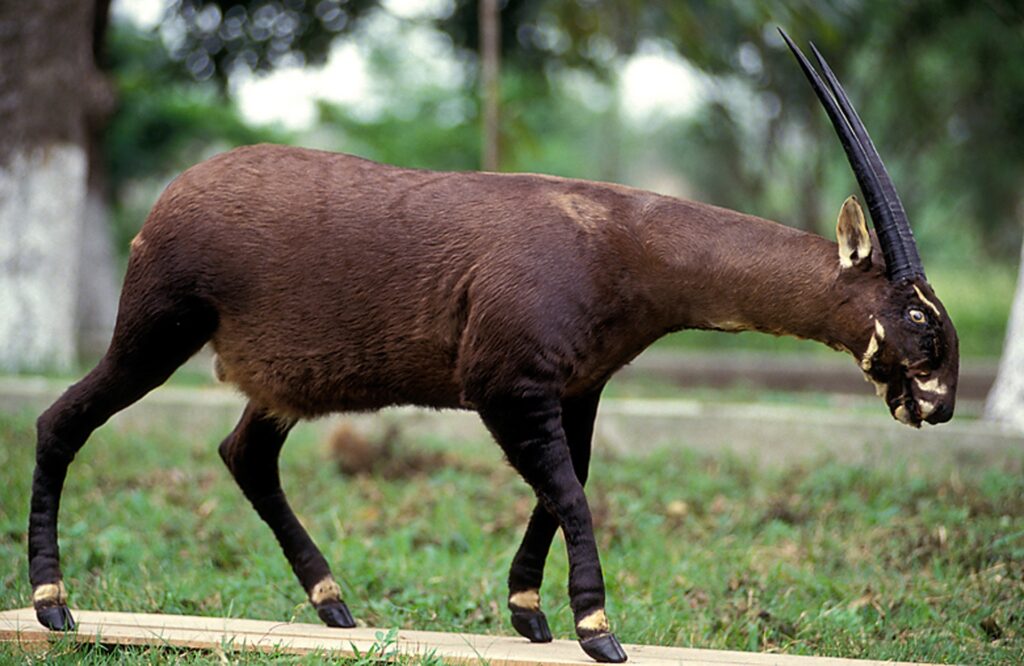
Often referred to as the “Asian unicorn,” the saola is one of the rarest and least understood mammals in the world. Discovered only in 1992 in the Annamite Range of Vietnam and Laos, this elusive creature has an estimated population of fewer than 100 individuals. With long, straight horns and a striking appearance, the saola is critically endangered due to habitat loss and hunting. Conservationists are working diligently to protect its habitat and implement measures to reduce human-wildlife conflict in the region.
5. Sumatra Orangutan

The Sumatra orangutan is the only great ape native to Asia and is critically endangered, with an estimated population of about 14,000 individuals remaining in the wild. Found only on the island of Sumatra, Indonesia, this intelligent and social primate faces severe threats from habitat loss due to palm oil plantations and illegal logging. Conservation efforts are aimed at habitat protection and rehabilitation, as well as raising awareness about the importance of sustainable palm oil practices.
6. Northern White Rhino
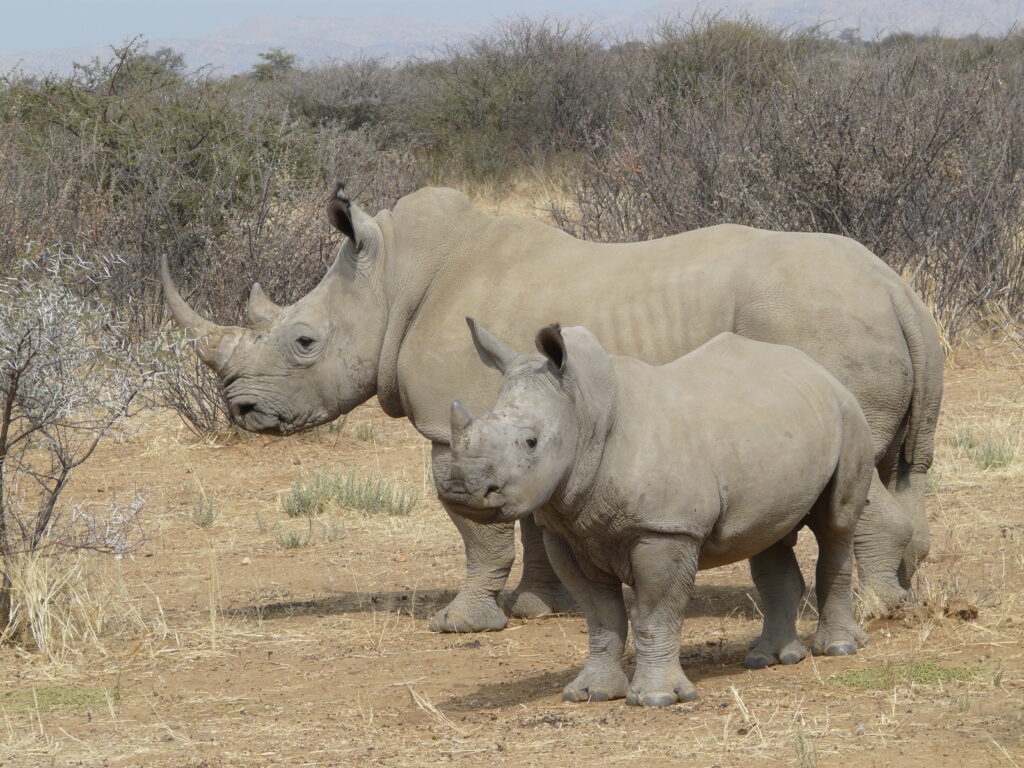
The northern white rhinoceros once roamed the plains of East and Central Africa, but now, only two females remain, making it functionally extinct. Conservationists have turned to advanced reproductive technologies in hopes of saving the subspecies. While these efforts are groundbreaking, the loss of the northern white rhino underscores the urgent need for stronger anti-poaching measures and habitat conservation for other rhino species still in the wild.
7. Kakapo
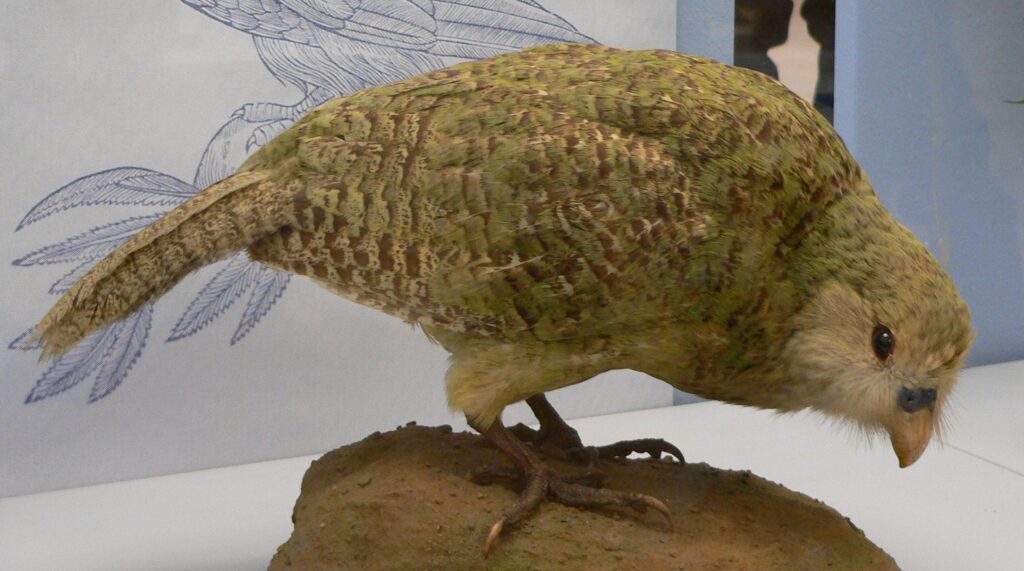
The kakapo is a flightless parrot native to New Zealand and is critically endangered, with only about 250 individuals remaining. These nocturnal birds are unique for their green and yellow plumage, and their charming, friendly personalities. The kakapo’s decline is primarily due to introduced predators like rats and stoats. Conservationists have implemented a successful breeding program and have relocated the remaining birds to predator-free islands to increase their chances of survival.
8. Pangolin
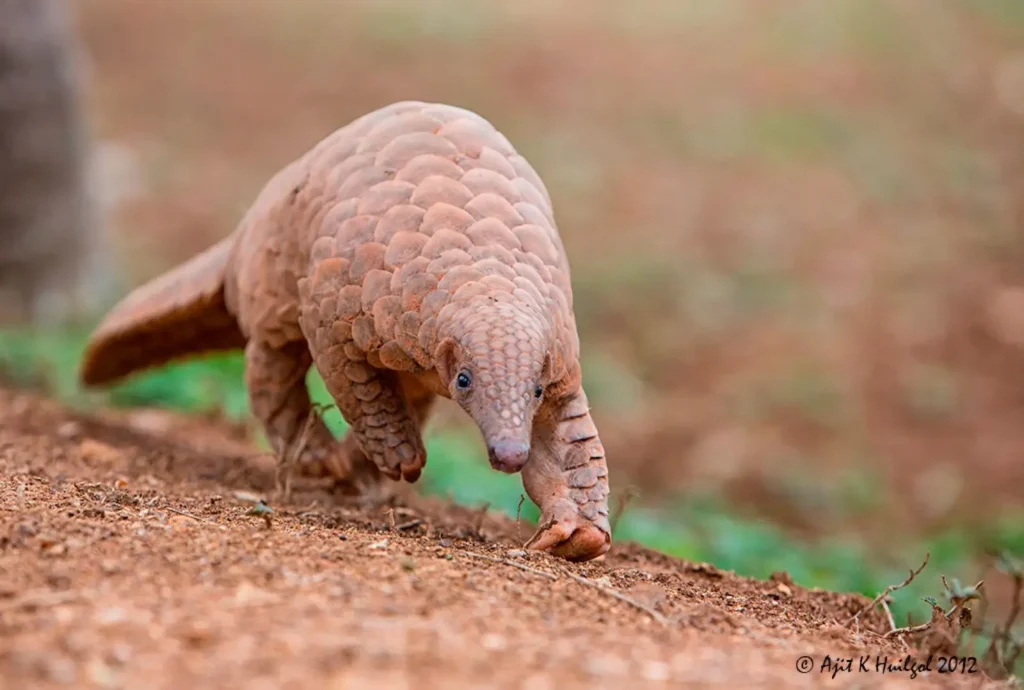
Pangolins are among the most trafficked mammals globally, primarily due to the demand for their scales and meat in traditional medicine and cuisine. These shy, nocturnal creatures are covered in protective keratin scales, making them unique among mammals. All eight species of pangolins are threatened, with the Sunda pangolin being the most endangered. Conservation efforts are focused on strengthening legal protections and raising awareness about the importance of preserving these fascinating animals.
9. Iriomote Cat
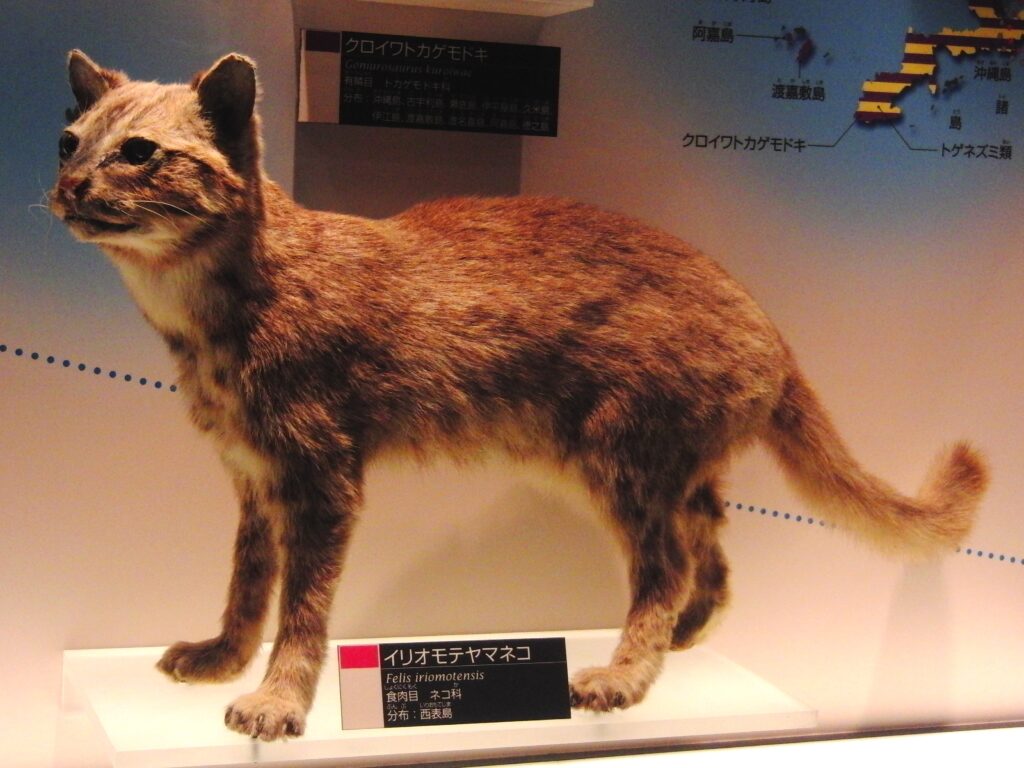
The Iriomote cat is a critically endangered wild cat found only on the Japanese island of Iriomote. With an estimated population of around 250 individuals, this elusive feline is a master of stealth, spending much of its life hidden in dense forests. Habitat loss and vehicle collisions are significant threats to its survival. Conservationists are working to protect its habitat and educate the local community about the importance of preserving this unique species.
10. Blue Whale

While not the rarest in terms of sheer numbers, the blue whale is the largest animal on the planet and is still considered endangered. Once hunted to near extinction, its population is slowly recovering, with current estimates at around 10,000 to 25,000 individuals. The blue whale plays a crucial role in marine ecosystems and is vital for maintaining the health of ocean environments. Ongoing threats include ship strikes, climate change, and noise pollution, making continued conservation efforts essential.
Conclusion:
The 10 Rarest Animals in the World are not just statistics; they represent the fragile balance of our ecosystems and the impact of human activity on the planet. Each of these remarkable creatures deserves our attention and protection. By supporting conservation efforts and raising awareness about their plight, we can work towards a future where these animals thrive once more. Let’s ensure that future generations can appreciate the beauty and diversity of wildlife that we have the privilege to share this planet with.

























